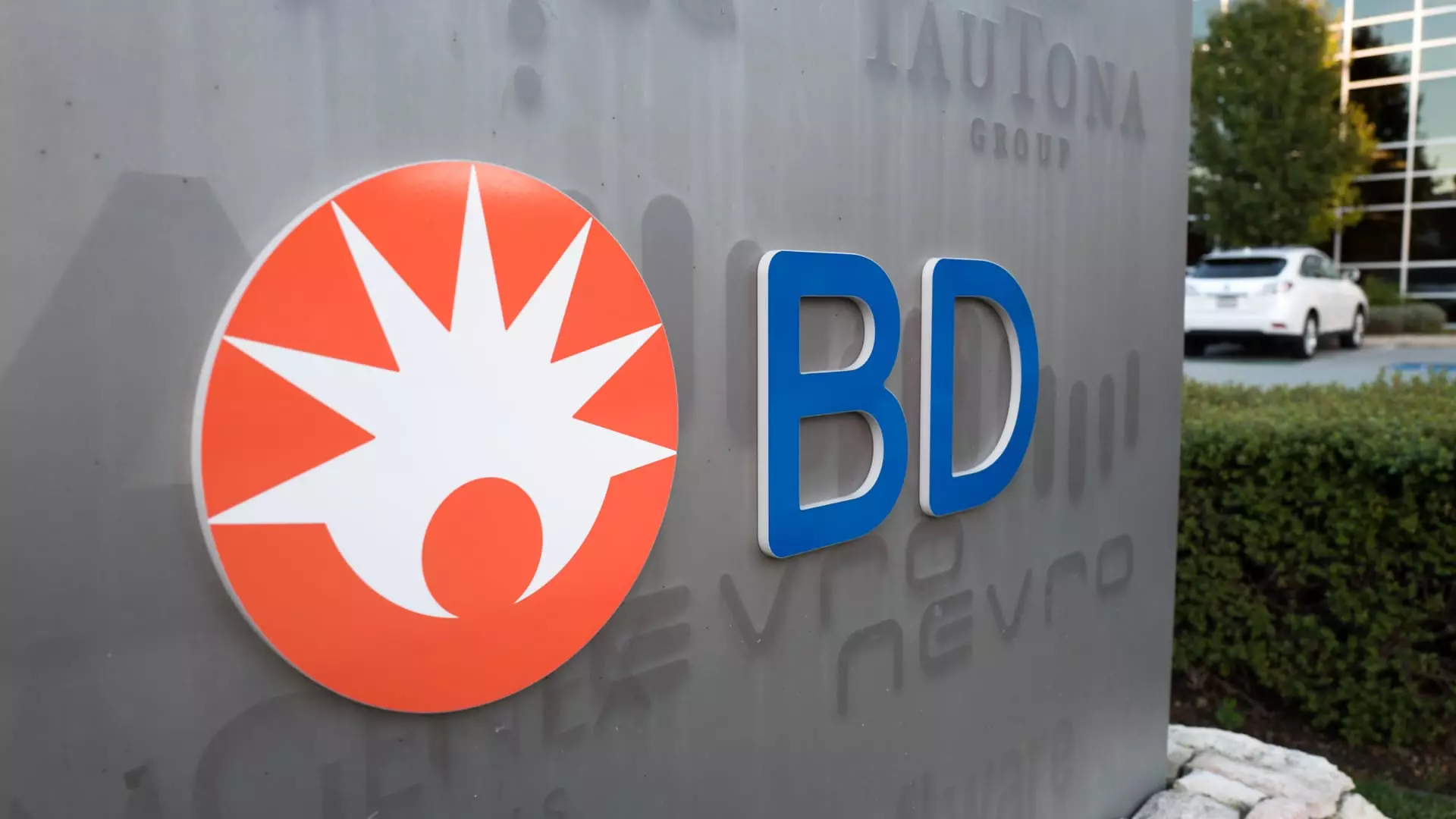In the ever-evolving landscape of healthcare technology, Becton Dickinson and Company (BDX) represents a noteworthy case of strategic evolution facilitated by activist investors. The company, with a current market capitalization of around $66.65 billion and a share price of approximately $229.85, has come under scrutiny as it faces a pivotal juncture. This evaluation looks at the dynamics within Becton Dickinson’s operations, driven by the activism of Starboard Value, and examines the implications of a potential business separation.
Becton Dickinson operates with two distinct yet interrelated business segments: MedTech and Life Sciences. Each division serves unique market demands and exhibits different growth trajectories. MedTech encompasses critical areas such as medication delivery systems, advanced monitoring solutions, and interventional products, with revenue currently reported at $15.1 billion. This segment stands as the leader in infusion pumps and prefilled syringes, benefitting significantly from the growing adoption of GLP-1 medications, which have witnessed a surge in demand.
On the other hand, the Life Sciences division, contributing $5.2 billion to the bottom line, provides crucial diagnostics tools that are foundational for ensuring patient care outcomes. Although this segment is perceived as stable, it inherently operates in a slower growth environment compared to its MedTech counterpart. The contrasting performance of these two segments raises pertinent questions about their continued coexistence under a single corporate umbrella.
Starboard Value has established itself as a pivotal player in the realm of activist investing, leveraging a proven track record to advocate for operational efficiency and heightened profitability. With a robust history of achieving substantial returns in similar campaigns, the firm has taken a keen interest in Becton Dickinson, calling for the separation of the Life Sciences division. This recommendation has materialized as BDX itself has acknowledged the need to reassess its organizational structure, signaling a potential pivot towards a refreshed operational strategy.
Historical data reinforces Starboard’s effectiveness. In its previous campaigns, Starboard has demonstrated an impressive average return of 17.65% from health-care investments compared to an industry benchmark of 9.57%. As such, their push for structural change at BDX is grounded in the belief that the company’s fragmented approach may be hindering overall profitability and market perceived value.
A closer examination of Becton Dickinson reveals a pressing need for separating its two distinct divisions. The fundamental rationale lies in their divergent growth rates and valuation multiples. While MedTech boasts a higher growth rate, it faces a relatively lower company valuation multiple between 13 to 14 times EBITDA. Conversely, Life Sciences, buoyed by its stability and lower exposure to economic fluctuations, enjoys higher valuation multiples, above 20 times.
Activist investors advocate for division not merely for short-term market corrections but for long-term value creation. A separate MedTech entity could focus on innovation and niche market expansion while enjoying a deserved valuation reflective of its growth potential. The anticipated juxtaposition of a more agile MedTech segment versus a stable Life Sciences unit offers not only clearer strategic direction but also optimized resource allocation.
The potential benefits of this separation extend beyond just market valuation. Separating the businesses allows for distinct management teams, each dedicated to aligning their goals with the market’s expectations and opportunities. This dual-focus approach can empower divisions to enhance margins through better resource deployment and diligent oversight of acquisitions that might be overlooked when operating as part of a larger conglomerate.
Reports suggest significantly high future valuations for Life Sciences, expected to reach around $30 billion, albeit this projection might underrepresent the segment’s potential due to some retained synergies with the MedTech arm. However, the pursuit of this separation is not merely a matter of financial engineering; it offers an opportunity for enhanced strategic alignment, thus creating a more robust competitive position in growing and diverse healthcare markets.
Becton Dickinson stands at a critical juncture where the decisions made in the coming months could significantly reshape its operational landscape. With the firm potentially eyeing the divestiture of its Life Sciences segment, driven by the strategic insights of Starboard Value, the narrative around BDX suggests a larger conversation about how diversified healthcare companies can leverage their assets for optimized market performances. By embracing structural changes, Becton Dickinson can cultivate its unique brand positioning, maximize shareholder value, and fortify its standing as a leader in healthcare technology.

